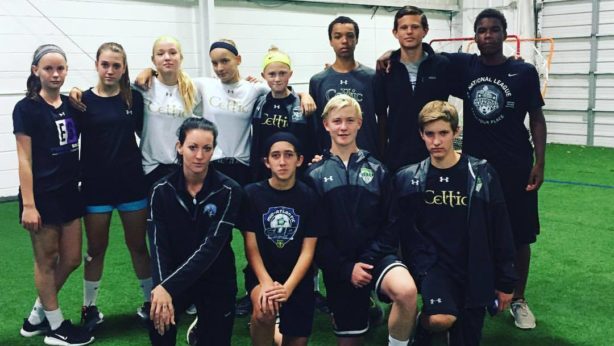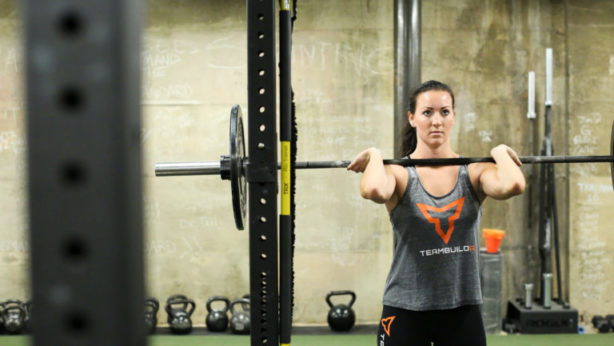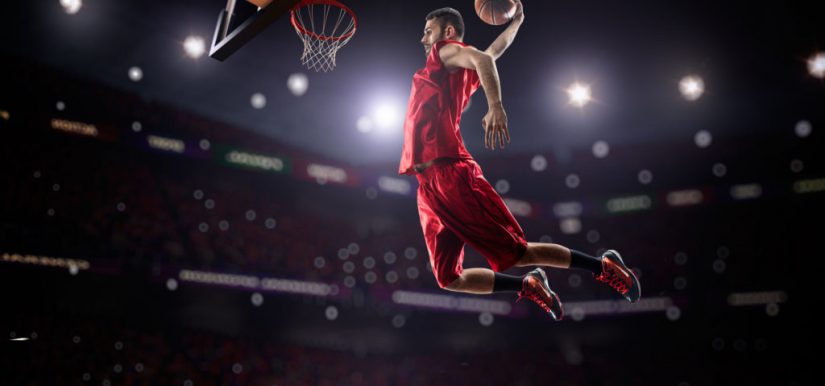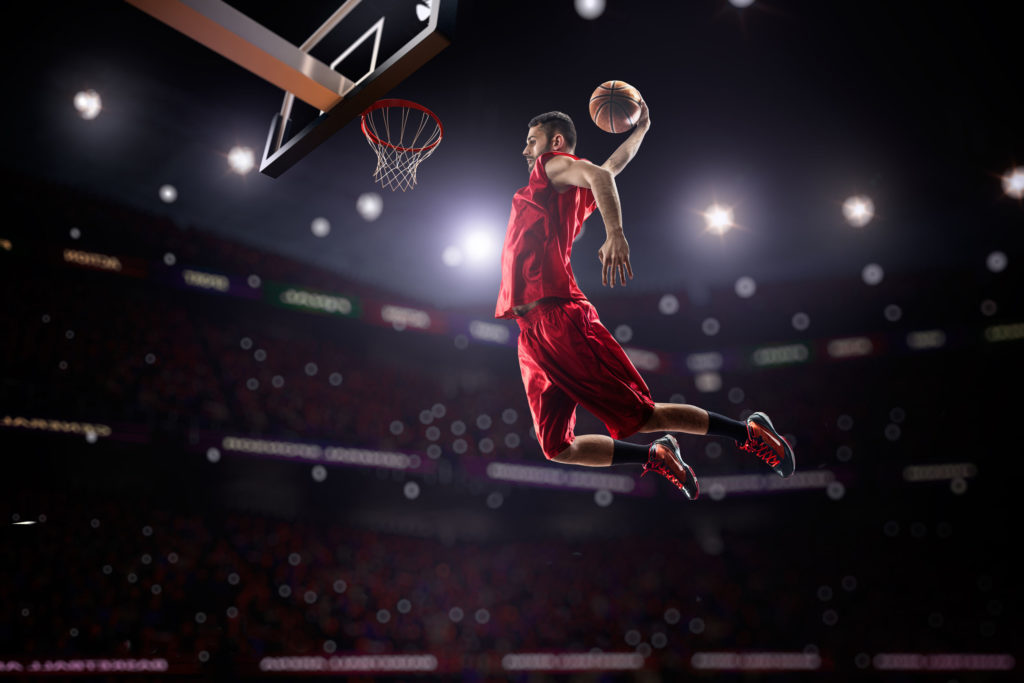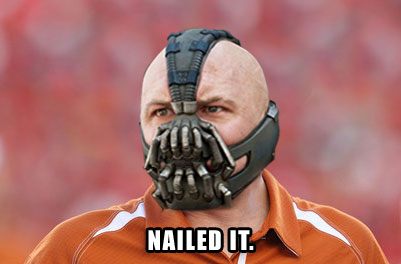I don’t need to make any introduction.
Lets get to this week’s stuff.

BUT FIRST…CHECK THIS STUFF OUT
1. Even More Complete Shoulder & Hip Blueprint – Dates/Locations Announced
Dean Somerset and I are currently in the throes of drumming up new content for our staple workshop series.
We’ve presented this workshop all over the world – London, Vancouver, Oslo, Prague, Boston, LA, Hoth – and even turned it into a popular digital product HERE so everyone can enjoy it.
We’ve already nailed down dates in Slovenia, Houston, and LA this fall (2018) and are also in talks to bring it to Detroit, Philadelphia, Edmonton, Australia, and Singapore in 2019.
If you’re someone who’d like to host this event/participate in a tickle fight please reach out to either Dean or myself.
Go HERE to register in the announced cities.
2. Strong Body-Strong Mind – Bonn, Germany
My wife and I will be in Bonn, Germany on Saturday, June 30 to put on our 1-day Strong Body-Strong Mind Workshop.
I’ll be speaking to assessment, coaching up common strength exercises (squats, deadlifts), and how to better “match” your programs to your client’s abilities and goals.
Lisa will be discussing how to better manage client expectations, motivation, and how to adopt better mindset strategies for success.
And then we’ll have a beer….;o)
Spots are limited and the Early Bird rate is coming to a close on 5/15, so act quickly if you want to take advantage!
For more details (including itinerary and registration) go HERE.
3. 2-Day London Workshop
^^^ It’s so good we didn’t even feel the need to come up with a witty title for it.
After my workshop in Germany I head over to London to take part in a 2-day event (the weekend of July 7th) with my friend and colleague (and handsomest man alive) Luke Worthington.
We’ll be taking a deep dive into assessment, PRI, program design, and coaching up common strength movements such as squats, deadlifts, and shoulder friendly light saber tactics.
What’s more, the event will be taking place at the brand spankin new Third Space location in the city (HERE). This event is breaking the place in before it actually opens to the public.
If you’re a personal trainer, coach, or just someone who likes to nerd out on scapular upward rotation, Zones of Apposition, and/or how to deadlift a castle you won’t want to miss this.
A few spots are still available…..go HERE for more info.
4) Tully
My movie watching prowess has taken a steady nose dive in the past year for obvious reasons.
I miss it.
Excited to head to my snobby, local, independent theater tonight to go see this latest one from director Jason Reitman and screenwriter Diablo Cody.
STUFF TO READ WHILE YOU’RE PRETENDING TO WORK
Why I Use Profanity In My Writing – Erica Suter

As someone who also uses profanity in my prose – and who often receives backlash from people who live PG lives – I appreciated this piece by Erica Suter.
29 Random Thoughts On My 29th Birthday – Doug Spurling
Doug is one of the most impressive people I know.
He has built and runs the most successful gym in Maine which generates over seven-figures and provides full health benefits and 401k’s for all his employees. In addition he also dabbles in real estate, writing, and does a ton of charity work.
He’s only 29.
He’s got his shit together.
Ladies: Strong Might Be the New Sexy, But You Can Strength Train More Than Just Your Butts – Lee Boyce
I think it’s fantastic more and more women are seeing (and reaping) the benefits of traditional strength training. But much like we’d chastise dudes for always training their pecs or biceps, the same can be said for the bulk of women who feel training their glutes and only their glutes is the key to a desirable derriere.
Social Media Shenanigans
I wish there was a way to bottle up patience & consistency. Those are the two “supplements” most people need the most of.
— Tony Gentilcore (@tonygentilcore1) May 8, 2018

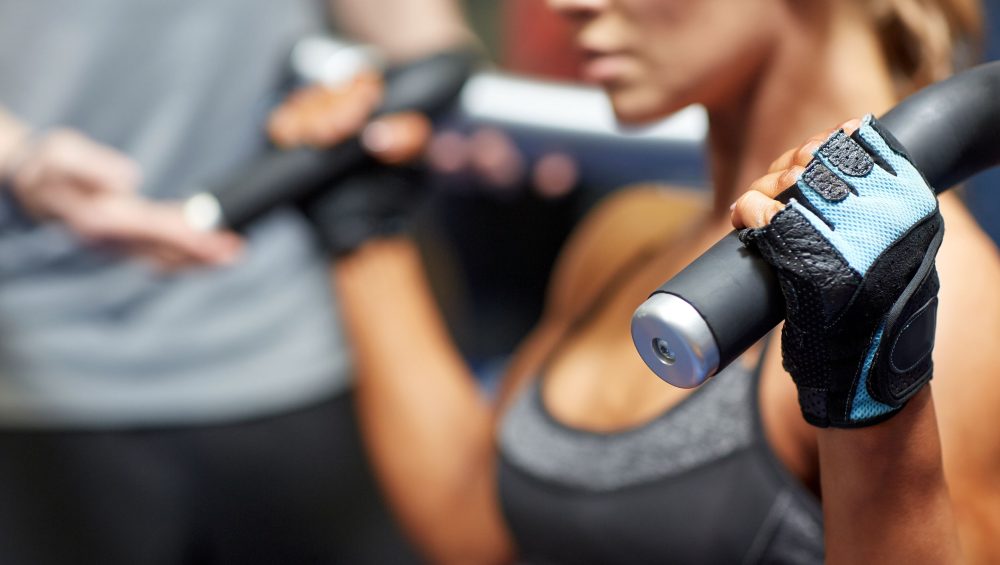
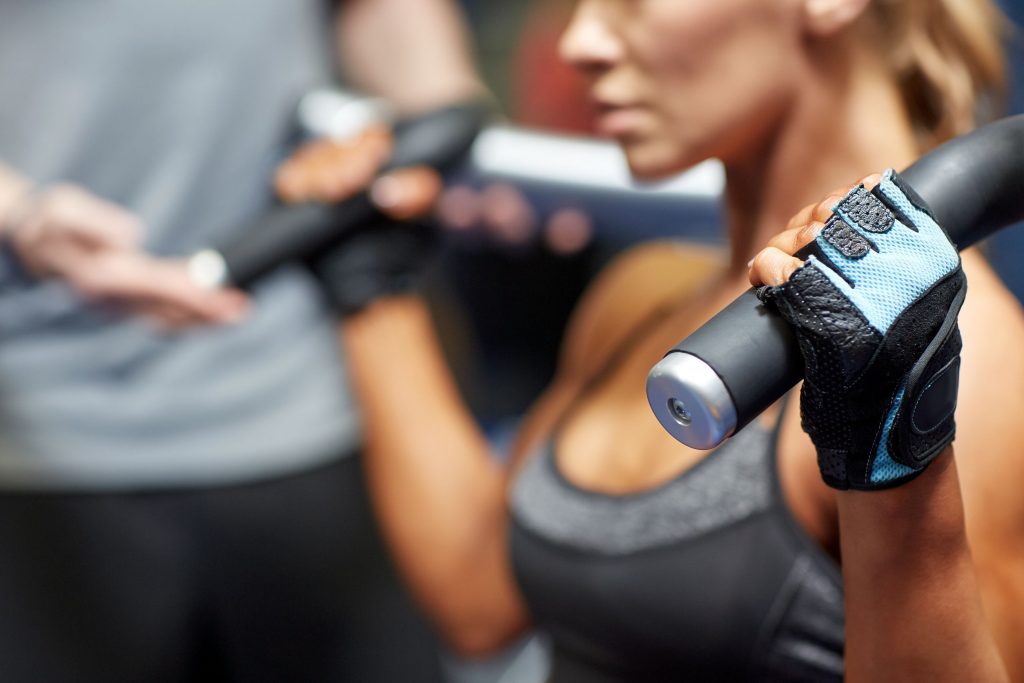
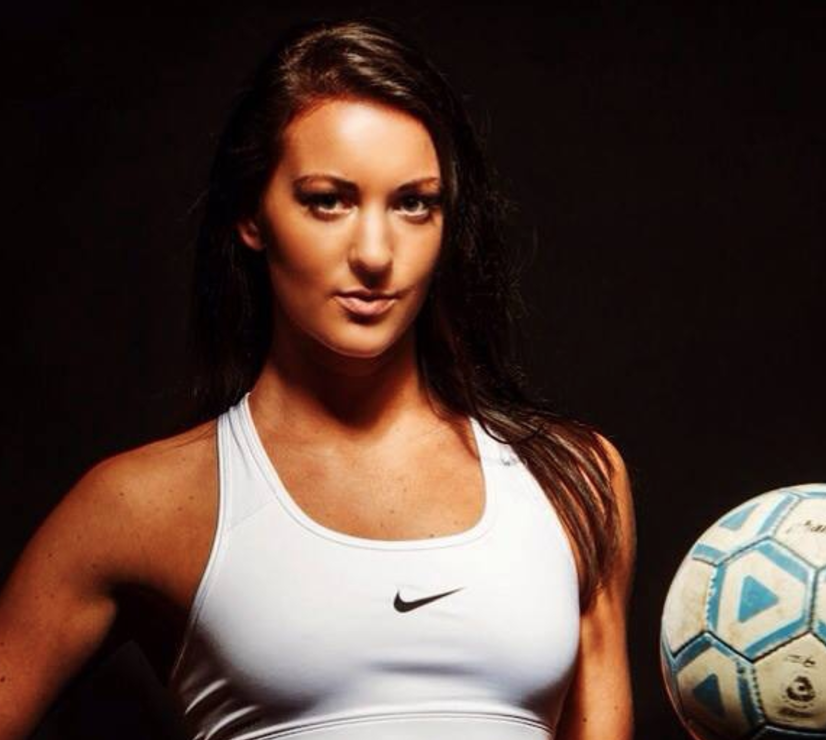 blogger who has worked with athletes and non-athletes for over 5 years. She is currently a strength coach at JDyer Strength and Conditioning, and also runs her own technical soccer training business in Baltimore, MD.
blogger who has worked with athletes and non-athletes for over 5 years. She is currently a strength coach at JDyer Strength and Conditioning, and also runs her own technical soccer training business in Baltimore, MD.


